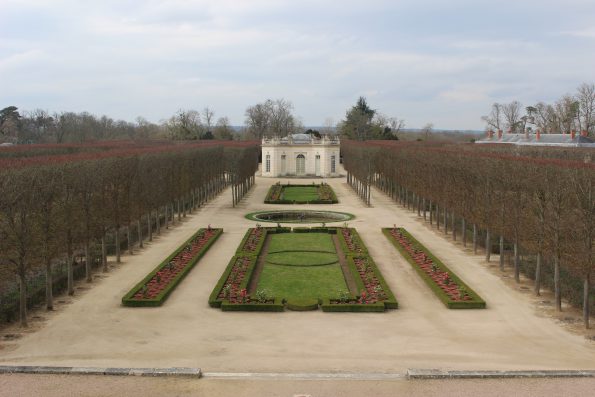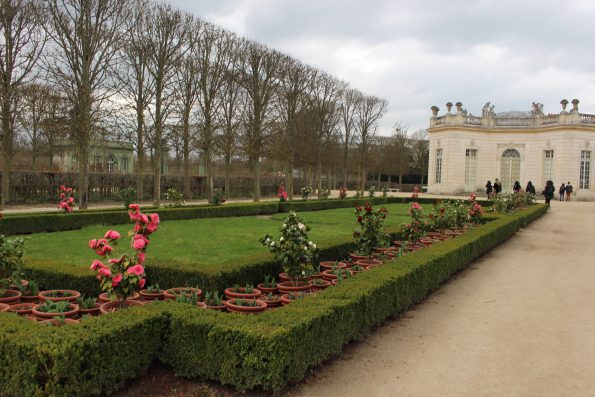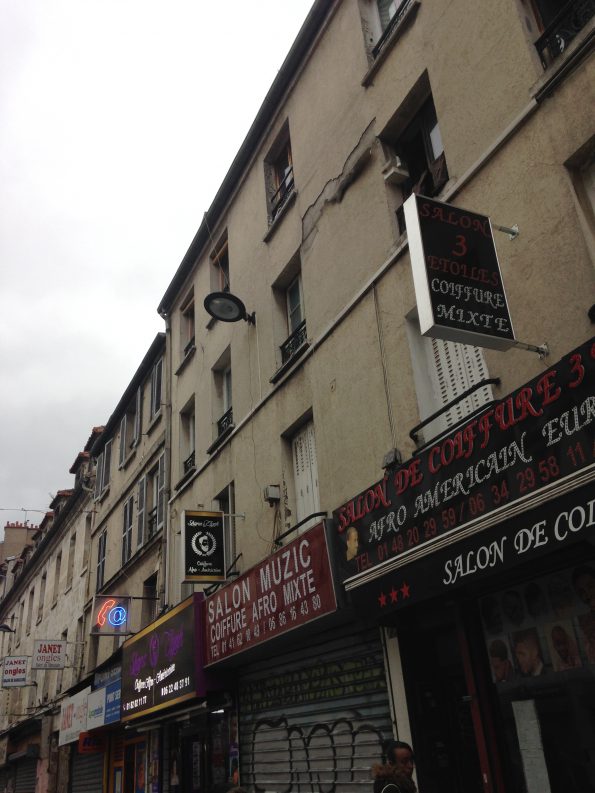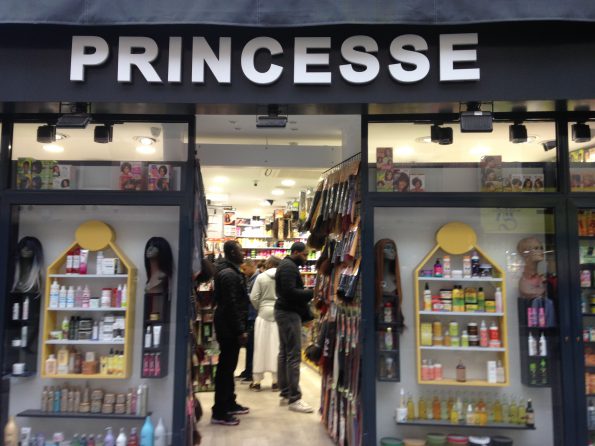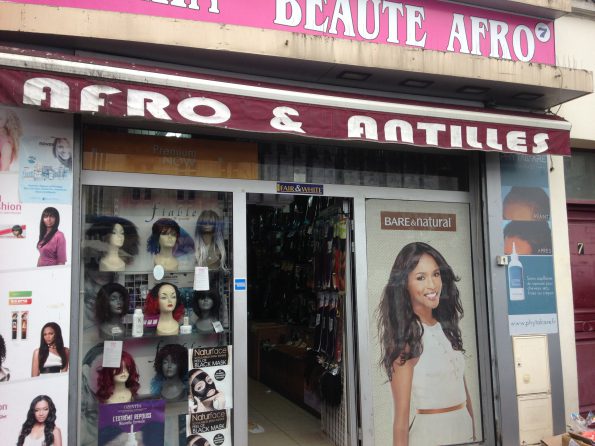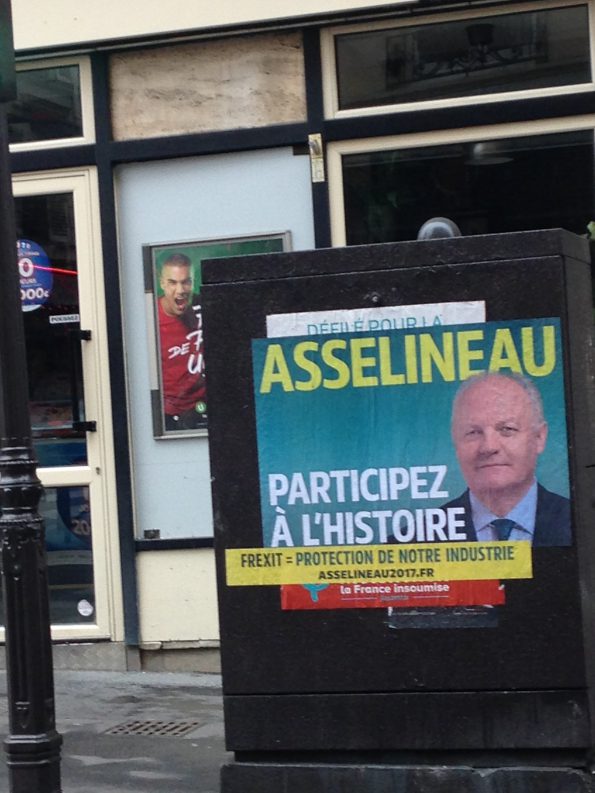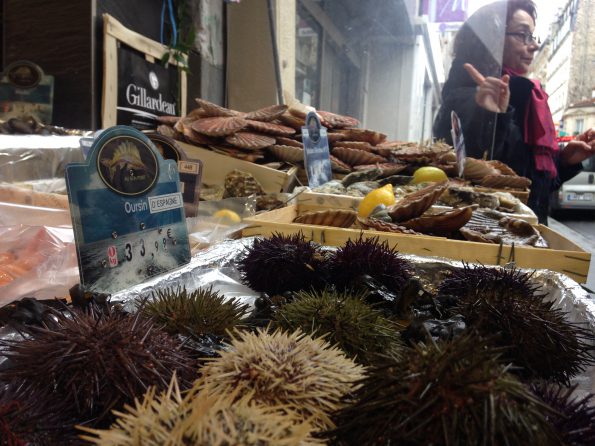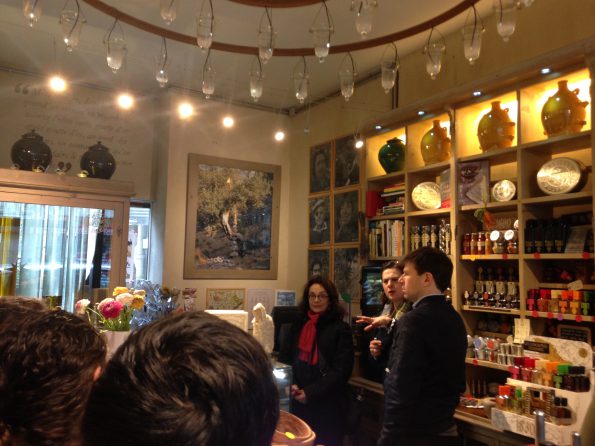Although I don’t normally find dogs that cute, there was something about the large, white one lazing outside a pharmacy on Avenue Ledru-Rollin, leashed to the sidewalk. Maybe it was his glowing fur that drew me to him, or his cat-like disinterest in his surroundings. I knelt down to pet him. His downy softness so surprised me that I spoke to him, cooing in amazement. “You’re such a cute dog! Yes, you are. Yes, you are.”
Suddenly, I became aware that I was not alone. I sensed someone walking a few meters away, and I was embarrassed immediately. I hopped up and sped off, hoping I would never have to face the witness to my shameful condescension of a canine.
For me, it is not easy to flâneur, to wander a city aimlessly, hoping only to encounter some excitement or adventure. This is because we are not aimless people; we do not exist outside of the anxiety of living in this world. This Saturday, I tried to flâneur, but as the cliché goes, life got in the way.
We started at our hotel, le Grand Pigalle, and wandered along the Boulevard de Clichy. We stopped in at one of the many sex shops that mark this street, hoping to find, in true flâneur fashion, nothing in particular. Yet once we entered, purpose found us. Though we had no interest in purchasing any item, we found ourselves pushing around hangers, admiring the merchandise, checking sizes and price tags. I overheard reggaeton playing on the radio and found myself doing interviews for my project. In entering the store, we created a new purposes and brought with us old ones. We could not simply wander; we needed a raison.
We turned uphill, deciding this might bring us into Montmartre, or perhaps to the Sacre Coeur Cathedral. As we turned onto a busy block, the tight grip of consumerism took hold. I suddenly became obsessed with the need to buy gifts. I needed to buy a bottle of wine for my sister – she is turning 25 next week. I buy my mother a pair of earrings on every trip I go on—I couldn’t possibly return without her traditional gift. We entered store after store, and I perused the inventories intensely.
Once I had found what I needed, we decided we must eat lunch, although neither of us was particularly hungry. Suddenly, all we could see was restaurants. In this moment, there was nothing else for us but to decide where to eat. Once we had chosen, calm finally settled upon us. We ate luxuriously and people-watched. Yet I had somewhere to be, so we cut our seated flâneuring short and rushed to the metro station. On our way, some bridesmaids invited us to sing with a bachelorette party, and we found a treasure-ridden flea market – but no, there wasn’t time. I had to go do a final interview for my project.
Perhaps it’s just me. Perhaps others can truly wander, forgetting temporarily the limitations of being a person in the world. But it doesn’t mean that I am immune to serendipity. Purpose brings us places, moves us forward. Unexpected encounters come along the way. I don’t like to take walks, but I still love to walk.



